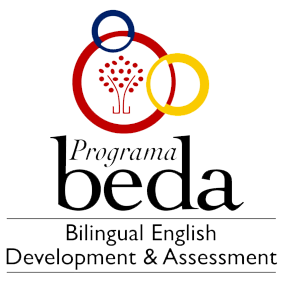Managing a Workshop Assignment
A Workshop Assignment is more complex than an ordinary assignment. It involves a number of steps or phases. These are
Set Up Assignment The assessment of the assignment should be broken into a number of assessment ELEMENTS. This makes the grading of an assignment less arbitrary and gives the students a framework on which to make assessments. The teacher has the role of setting up the assessment elements thus making a grading sheet. (See that page for more details.)
With the assessment elements set up the teacher will normally submit a small number of example pieces of work. These are practice pieces for the students to assess before preparing their own pieces of work. However, before the assignment is made available to students, these example pieces should be assessed by the teacher. This provides the teacher with specimen "answers" when reviewing the students' assessments of those examples (produced in the next phase).
The submission of example pieces of work by the teacher is optional and for certain assignments may not be appropriate.
Allow Student Submissions The assignment is now opened to the students. If the teacher has set up example pieces of work, the students are required to assess a specified number of these. (The number of assessments is given when the assignment is created.) Once a student has made the required number of assessments they can then submit their own work. In the case of an assignment with no examples, the students are free to submit their own work without any delay.
The advantage of leaving the assignment in the Submission phase is to allow a build up of submissions. When they are subsequently allocated, in the next two phases, there is better distribution of work. If the assignment is put straight into the "Allow Submissions and Assessments" phase from the "Set Up" phase (which is allowed) students who submit early will tend to have early submissions to assess and those students who submit late will tend to have late submissions to assess. Adding a "delay" before peer assessment starts will alleviate that problem to a large extent.
When a student submits a piece of work the teacher can, if desired, assess that work. This assessment can be incorporated into the student's final grade. These assessments can take place in the submission and assessment phases of the assignment.
Allow Student Submissions and Assessments If the assignment includes peer assessment, students who have submitted work are now shown other students' work to assess. Students who have not yet submitted work are allowed to submit their work (but they are not shown other students' work to access). In this phase, submissions, re-submissions and assessments of submissions and re-submissions are allowed to take place together.
The teacher may want to split the submission of work and its peer assessment into two distinct phases, waiting for all students to submit their work before going into the peer assessment phase. In that case this phase is not used at all, the assignment goes from "Allow Submissions" straight to "Allow Assessments". This allows the teacher to place a deadline on submissions, the assignment is moved into the "Allow Assessments" phase at that deadline.
If the teacher, on the other hand, does not want such as clear cut division in the assignment, then the assignment uses this phase. When allowing submissions and assessments to occur together, the teacher should consider setting the Over Allocation Level to ONE (or possibly TWO) to allow the allocations to go smoothly (see the help page on that option for more details). Note that doing this will result in some submissions being (peer) assessed more times and some less times than the majority of the submissions.
When a student has made an assessment their peer can see that assessment. The student who submitted the work can comment on the assessment if that option was chosen for the assignment.
Allow Student Assessments In this phase peer assessments continue but students are not allowed to make any submissions, that includes re-submissions. Students who have not made a submission are told that submissions are no longer allowed and they are not shown any (peer) submissions to assess.
Display of Final Grades The final phase of the assignment is entered to allow the students to see their final grades in detail. The individual assessments which contribute to the final grade of each submission can be easily reviewed.
The students (and the teacher) are shown an optional "League Table" of the student submissions. These are listed in order of grade, the top submission is first.
At any phase of the assignment the teacher can open the "Administration" page. This shows the current state of the assignment. It lists the Teacher's example submissions (if any), the students' assessments (of the teacher's examples, their own work, and of other students' submissions), and the submissions of the students. The teacher can use this page to assess and re-assess submissions, delete submissions and assessments, and generally watch the progress of the assignment.
Indice de todos los archivos de ayuda
Mostrar esta ayuda en: Español - España






